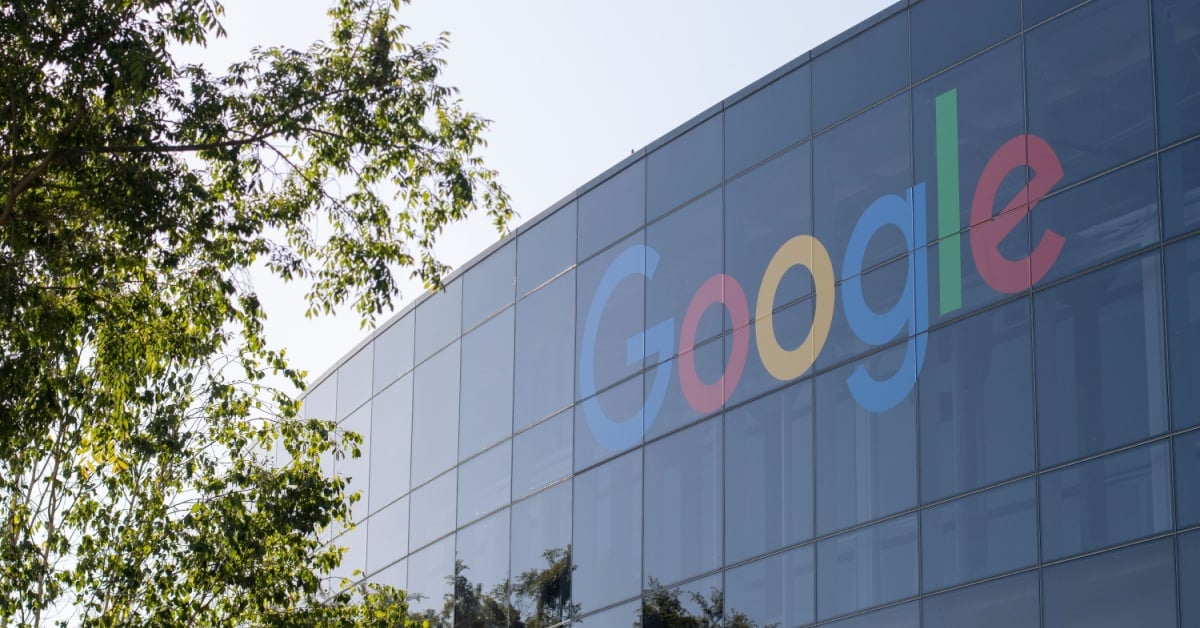Google Bets On Carbon Capture Tech To Clean Up Its Mess – In The 2030s

Google intends to purchase carbon removal credits from a direct air capture provider to help offset its greenhouse gas (GHG) emissions, although the initiative isn't expected to kick off until the next decade.
The Mountain View megacorp says it is following this approach with its chosen provider, Holocene, due to cost. While the startup's tech is still in the early stages of development, Google believes Holocene will be able to bring down the cost significantly to $100 per ton of carbon dioxide (CO2) by the early 2030s.
Like other cloud and IT giants, the Chocolate Factory is increasingly concerned about the carbon footprint of its activities, and says removal technologies are a key part in efforts to reach the goal of net zero emissions across its operations.
Direct air capture (DAC) is promising, Google claims, because it uses chemical or physical processes to extract CO2 directly from the air, before disposing of it by storing it underground or reusing it in products. However, it also faces a long road to achieving commercial viability and scale, and costs need to come down dramatically for the tech to take off and draw investment from other companies and governments into DAC projects.
According to The Chemical Engineer, there are essentially two DAC methods: a liquid-based capture process and a solid one.
The liquid approach brings air into contact with an aqueous solution to capture CO2, which is then heated in a closed loop to release it again. The other method uses solid sorbents (absorbent material) to soak up the CO2 then releases it using a combination of low pressure and high temperatures.
A major challenge is the sheer amount of energy needed to operate DAC processes, The Chemical Engineer report says.
Holocene's process is said to combine elements of both the liquid and solid processes. The company says it passes air through a man-made waterfall where an amino acid has been added to the water, drawing in the CO2. The next stage concentrates CO2 from the water into a solid form, before the solid is heated to release it for storage.
The liquid gets recycled back to the first stage, which Holocene claims is a key part in making its process more energy efficient. Low-temperature heat can be used to liberate the captured carbon and the chemical process uses widely available industrial equipment, which Holocene claims will allow it to scale economically.
Google says it is willing to provide financial support for Holocene up front and has made a long-term commitment to accept credits from its facilities, scheduled for delivery in the early 2030s. We asked how much financial support it is providing, and will update if we get an answer.
The internet giant admits the amount of CO2 Holocene will capture is nowhere near the volume needed on a planetary scale, but says delivering lower-cost DAC at a small scale is a first step towards reaching millions or possibly even billions of tons per year.
- Datacenters to emit 3x more carbon dioxide because of generative AI
- Cloud computing hits the nuclear button amid energy crisis
- Meta digs deep to strike geothermal power deal for its US datacenters
- Don't blame AI for rise in carbon emissions, says Google exec
Like other hyperscale companies, Google has seen its CO2 emissions rise recently due to the enormous energy-sucking process of training fashionable large-scale AI models. In its latest environmental report, Google admitted its greenhouse gas emissions had risen 48 percent since 2019.
The company had earlier claimed to be carbon neutral by purchasing carbon offsets to match emissions from its operations, but abandoned this approach because its renewable energy matching differed from the way Scope 2 emissions are calculated in accordance with the Greenhouse Gas Protocol (GHG Protocol), which it said also contributed to the reported rise.
Such methods of claiming carbon neutrality have been labeled as "greenwashing" by environmental groups. Greenpeace last year criticized tech companies for relying on methods such as renewable energy certificates (RECs) to claim they are reducing their footprint, which it likened to simply writing a check to say you have cut Scope 2 emissions.
Other critics of offsetting claim that it provides emitters with a "licence to pollute" and represents "a dangerous distraction" from decarbonization efforts.
Google isn't the only hyperscaler getting into carbon removal. In July, Microsoft unveiled a deal with Occidental Petroleum to buy 500,000 metric tons of carbon dioxide removal (CDR) credits over six years, said to be worth hundreds of millions of dollars. ®
From Chip War To Cloud War: The Next Frontier In Global Tech Competition
The global chip war, characterized by intense competition among nations and corporations for supremacy in semiconductor ... Read more
The High Stakes Of Tech Regulation: Security Risks And Market Dynamics
The influence of tech giants in the global economy continues to grow, raising crucial questions about how to balance sec... Read more
The Tyranny Of Instagram Interiors: Why It's Time To Break Free From Algorithm-Driven Aesthetics
Instagram has become a dominant force in shaping interior design trends, offering a seemingly endless stream of inspirat... Read more
The Data Crunch In AI: Strategies For Sustainability
Exploring solutions to the imminent exhaustion of internet data for AI training.As the artificial intelligence (AI) indu... Read more
Google Abandons Four-Year Effort To Remove Cookies From Chrome Browser
After four years of dedicated effort, Google has decided to abandon its plan to remove third-party cookies from its Chro... Read more
LinkedIn Embraces AI And Gamification To Drive User Engagement And Revenue
In an effort to tackle slowing revenue growth and enhance user engagement, LinkedIn is turning to artificial intelligenc... Read more

